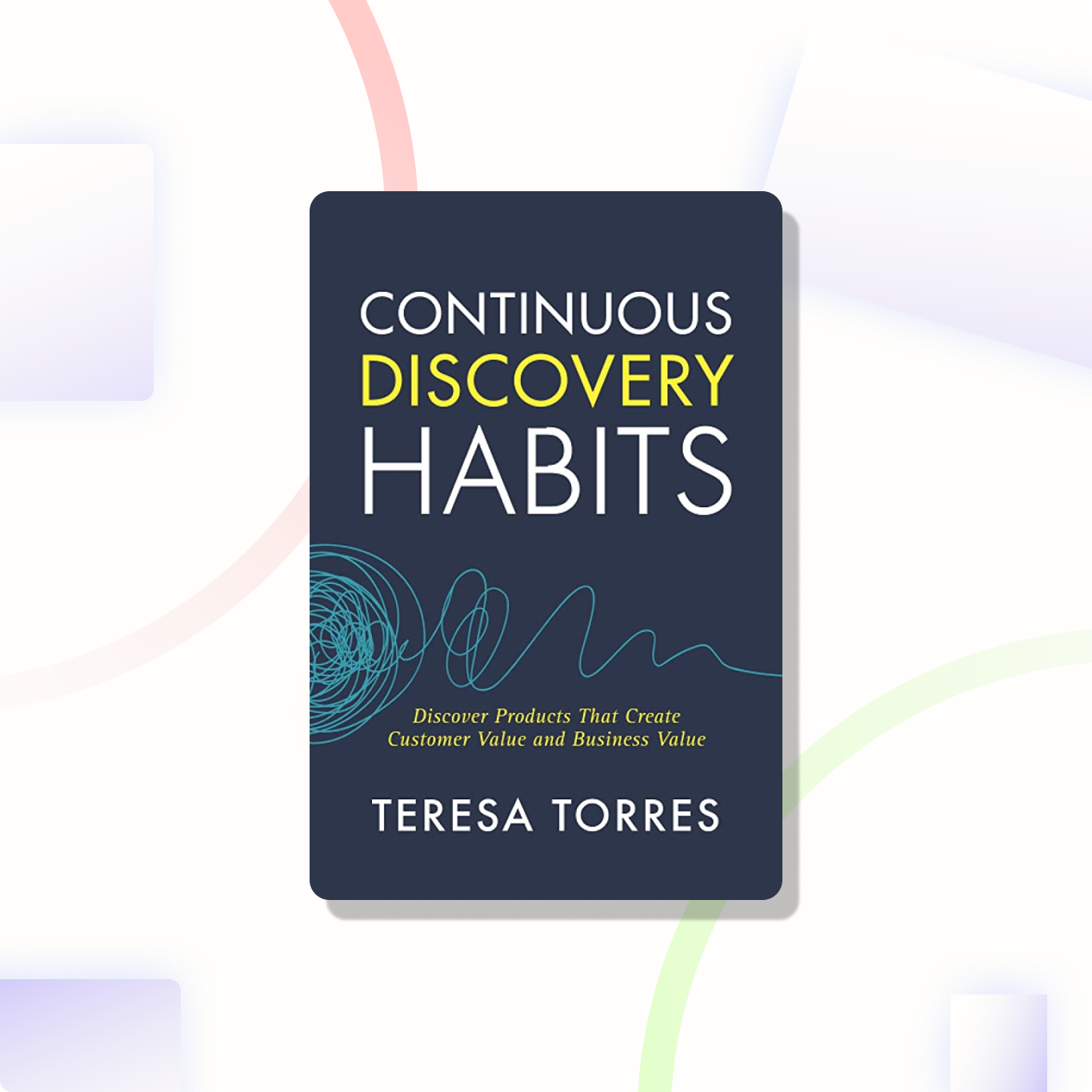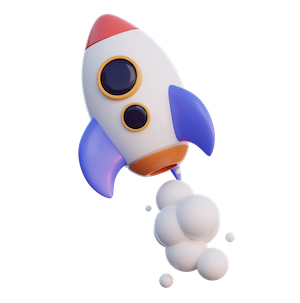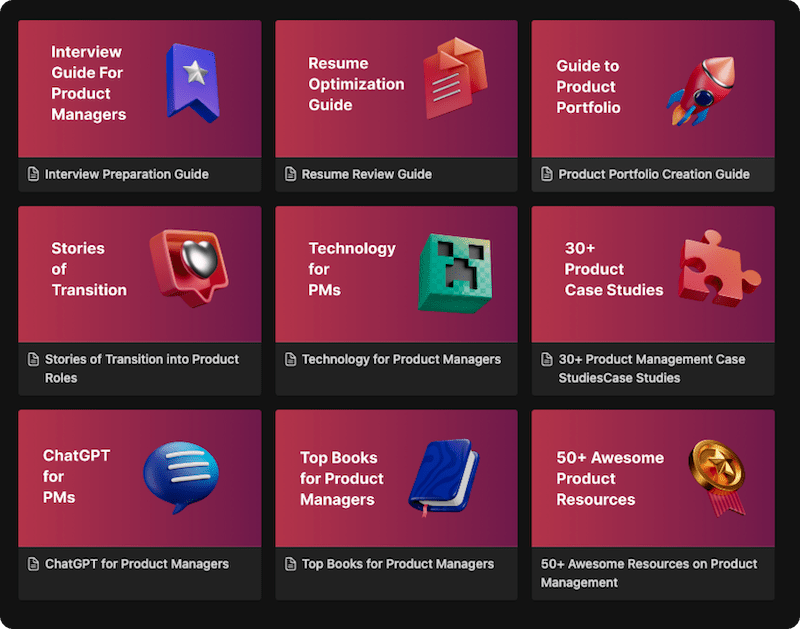Book Summary of Continuous Discovery Habits by Teresa Torres
About the Book
“Continuous Discovery Habits” by Teresa Torres is a practical guide that emphasizes the importance of ongoing customer discovery in product development for product managers. Torres introduces a framework for incorporating continuous learning into the product development process, helping teams build products that align with customer needs and create long-term value. The book provides actionable strategies and techniques for conducting effective user research, generating insights, prioritizing opportunities, and validating assumptions, enabling teams to make informed decisions and deliver successful products.
Important Lessons from the Book
- Embrace Continuous Discovery: Make customer discovery an ongoing practice, integrating it into the product development process from ideation to launch and beyond.
- User Research Techniques: Learn and apply various user research methods, such as interviews, usability tests, and surveys, to gain deep insights into user behavior, needs, and pain points.
- Problem Space Exploration: Shift the focus from solutions to understanding the problem space thoroughly. Identify and prioritize customer problems before jumping into solution-building.
- Opportunity Backlogs: Maintain an opportunity backlog to capture and prioritize potential ideas and features based on customer insights and business value.
- Assumption Testing: Identify critical assumptions about your product and systematically test them through experiments and validation techniques to reduce risk and uncertainty.
- Cross-Functional Collaboration: Foster collaboration and shared understanding among product, design, engineering, and other stakeholders to align efforts and leverage diverse perspectives.
- Learn from Failures: Embrace failures and learn from them. Use post-mortem analyses to understand what worked and what didn’t, and adjust your approach accordingly.
Mistakes to Avoid suggested by Author
- Neglecting User Research: Avoid making assumptions about user needs and preferences without conducting proper user research. A lack of understanding can lead to building products that miss the mark.
- Confirmation Bias: Be aware of confirmation bias and actively seek diverse perspectives and contradictory evidence to challenge assumptions and biases.
- Solution-First Approach: Don’t jump straight into building solutions without understanding the problem space. Invest time in problem exploration and validation.
- Overloading Product Roadmaps: Avoid cramming too many features into the roadmap without validating their value and feasibility. Prioritize based on user needs and business goals.
- Ignoring Qualitative Insights: Balance quantitative data with qualitative insights. Overreliance on numbers alone can miss important nuances and user motivations.
- Lack of Cross-Functional Collaboration: Siloed teams can hinder effective discovery. Foster collaboration and ensure all stakeholders contribute their unique expertise.
- Stagnant Discovery Practices: Avoid treating the discovery as a one-time event. Continuously evolve and improve discovery practices to stay aligned with user needs and market dynamics.
Essential Action Steps from the Book
- Establish a Discovery Cadence: Set regular intervals for conducting user research and discovery activities to ensure ongoing learning and alignment.
- Define Learning Goals: Clearly articulate what you hope to learn from each discovery activity and align them with business objectives and user needs.
- Conduct User Interviews: Engage in qualitative user interviews to gain deep insights, uncover problems, and validate assumptions.
- Prototype and Test: Build low-fidelity prototypes to quickly test and validate assumptions, gathering feedback to inform further iterations.
- Prioritize with Impact Mapping: Use impact mapping to prioritize opportunities based on user value, business goals, and technical feasibility.
- Experimentation and Validation: Design experiments to test assumptions, validate hypotheses, and gather data-driven evidence.
- Cultivate a Learning Culture: Foster a culture that values curiosity, learning from failures, and continuous improvement to drive effective discovery habits.
The conclusion from the Book
“Continuous Discovery Habits” by Teresa Torres provides a comprehensive guide to integrating continuous customer discovery into the product development process. By adopting the principles and techniques outlined in the book, teams can make informed decisions, reduce risk, and build products that truly address user needs. Through ongoing research, experimentation, and collaboration, companies can create a culture of learning and adaptability, leading to increased customer satisfaction and business success in a rapidly evolving market landscape.

 WATCH HELLOPM COHORT IN ACTION
WATCH HELLOPM COHORT IN ACTION


